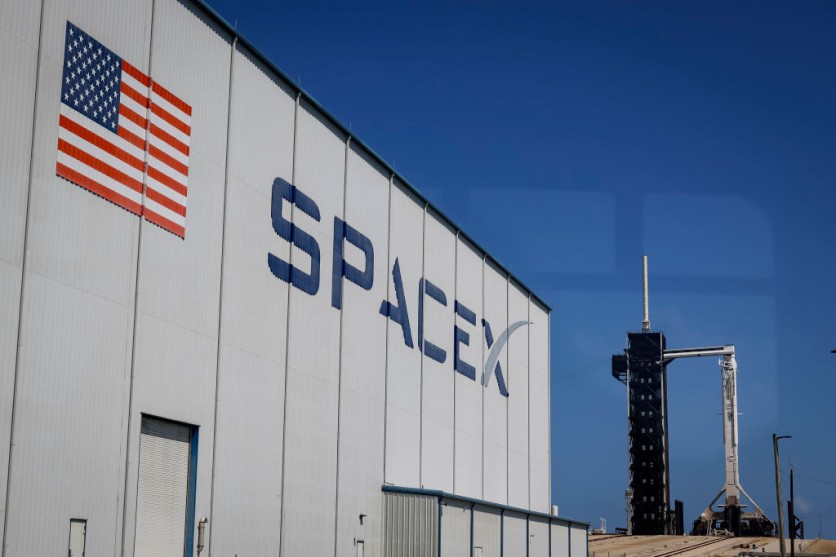NASA has reportedly given Elon Musk's SpaceX the go-ahead to destroy and crash the International Space Station (ISS) into the ocean by 2030 after the agreement for its continued operations is set to end the same year.
Since 1998, the US, Russia, Japan, Europe, and Canada have maintained different portions of the ISS. The agreements to co-manage the space station heralded a new era of post-Cold War international cooperation.

However, when those agreements expire, the space station will need to be removed from orbit, necessitating the $843 million SpaceX-NASA contract. The business will construct a vehicle to tow the space station through the atmosphere, where it will catastrophically disintegrate.
After that, it and the SpaceX vehicle will crash into the ocean far from populated regions. NASA will assume ownership of the deorbit spacecraft after it has been developed and run it for its mission, but SpaceX will create it.
Read Also: SpaceX Tests Mechazilla's 'Chopsticks' to Catch Super Heavy Booster in Future Missions
SpaceX and NASA Operations
An increasing number of cooperation between SpaceX and NASA continues to be disclosed. The newest weather satellite from the National Oceanic and Atmospheric Administration (NOAA) was successfully launched by NASA and SpaceX most recently, offering extensive monitoring of weather conditions throughout the Western Hemisphere.
On Tuesday, June 25, at NASA's Kennedy Space Center in Florida, Launch Complex 39A saw the Geostationary Operational Environmental Satellite (GOES-U) launch aboard a SpaceX Falcon Heavy rocket. With this launch, NOAA's fleet of advanced weather satellites ends.
It went on the expedition at 5:26 p.m. EDT, and at 10:18 p.m., mission managers verified that the spaceship's solar panels had been successfully deployed and that it was running on its energy.
According to NASA, GOES-U is essential for continuously monitoring weather patterns and environmental conditions throughout the Western Hemisphere. Satellites like GOES-U are crucial for real-time weather monitoring, according to NASA Administrator Bill Nelson, particularly as communities around the globe become more affected by extreme weather.
Advanced technology is installed on GOES-U, including the Compact Coronagraph-1, a new space weather instrument. By obstructing the sun's intense light, this device allows scientists to investigate the sun's atmosphere and understand solar activity and its possible effects on satellite communications and systems on Earth.
NASA's GOES-U
The usefulness of GOES-U data in daily life was highlighted by NASA's Science Mission Directorate associate administrator Nicky Fox. The capabilities of GOES-U are anticipated to expand our knowledge of Earth's processes and strengthen our capacity to address environmental issues, from climate monitoring to catastrophe preparedness.
GOES-U will become known as GOES-19 once it reaches geostationary orbit, about 22,200 miles above the surface of the Earth. Its systems and instruments will undergo a rigorous testing phase before GOES-19 takes on its operating duty.
Related Article : SpaceX Launches Two Sets of Starlink Satellites in Record Double Mission


![Apple Watch Series 10 [GPS 42mm]](https://d.techtimes.com/en/full/453899/apple-watch-series-10-gps-42mm.jpg?w=184&h=103&f=9fb3c2ea2db928c663d1d2eadbcb3e52)


